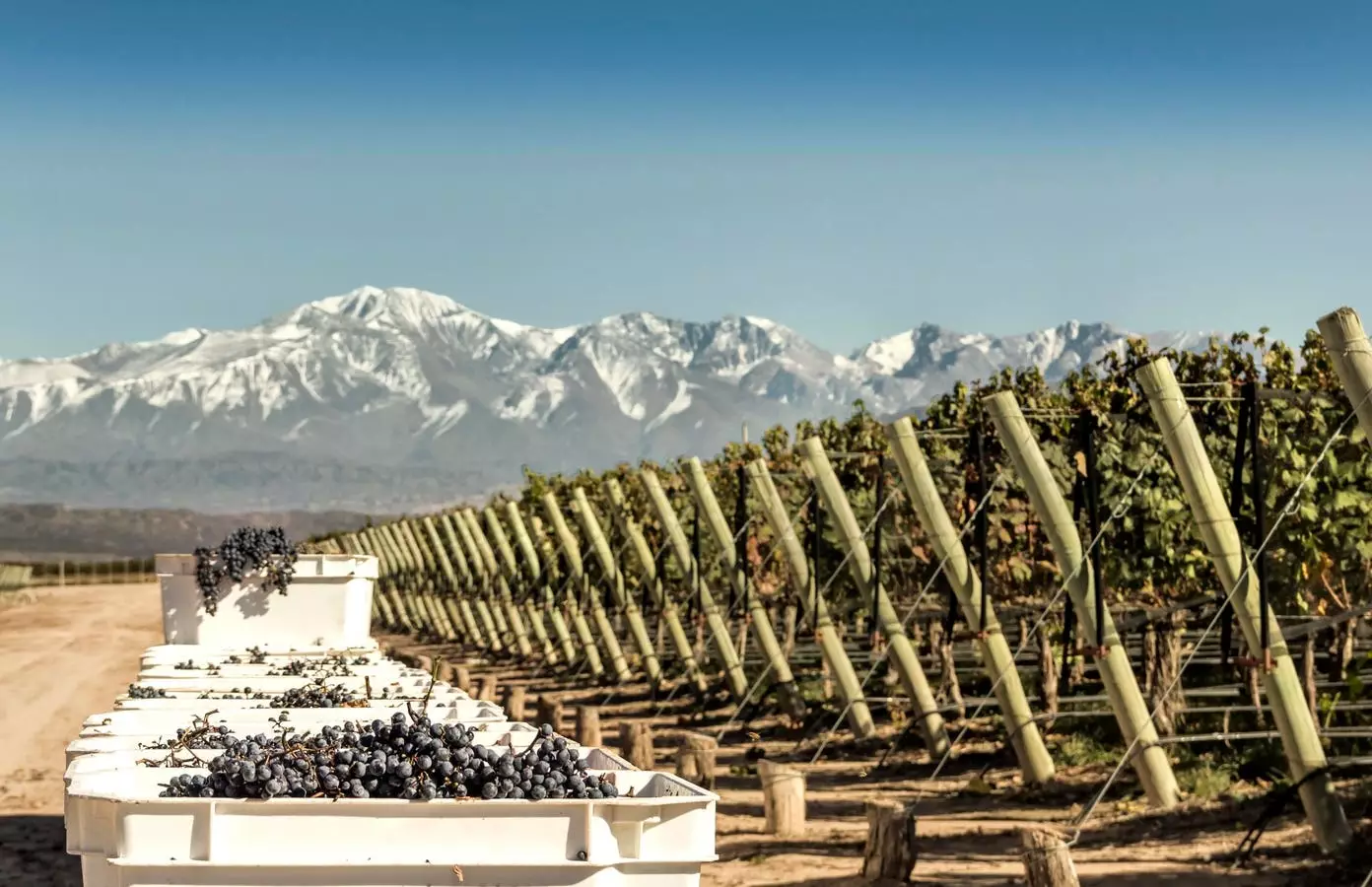When people think of Argentina’s wine scene, the immediate image that comes to mind is often the silky, luscious Malbec. Yet, beneath this well-known label lies a treasure trove of quality wines waiting to be discovered. Cabernet Sauvignon, Argentina’s third most widely planted grape variety, is beginning to take the spotlight and deserves its moment in the sun. As wine expert Matt Hedges aptly states, “Argentina is more than Malbec,” urging enthusiasts to broaden their palates and explore the nuances of this sophisticated varietal.
Argentine vineyards are not only expansive but also unique, with a remarkable span of roughly 1,500 miles from the northern Salta to the southern regions of Patagonia. Much of this viticultural land is situated at altitudes around 4,500 feet. Such elevation contributes significantly to the structure and quality of Cabernet Sauvignon, as cooler temperatures and intensified sunlight create the perfect conditions for achieving optimal grape ripeness—a feat that can be challenging in many other wine-producing regions.
Cabernet Sauvignon is notorious for its complexity; however, its vulnerability to becoming overly vegetal—often described as green bell pepper—makes it a tricky grape to cultivate. In Argentina, the continent’s continental climate harmonizes perfectly with the grape’s late-ripening nature. Warm, sun-soaked days and well-drained soils aid in producing a range of flavors, from bold dark fruits to more intricate profiles.
Argentine wine producers understand the regional distinctions that significantly influence Cabernet Sauvignon’s flavor. Patricia Ortiz, the owner and president of multiple Argentine wineries including Tapiz, Zolo, and Wapisa, elaborates on the influence of terroir, emphasizing that the wine from each region presents a distinct personality. For example, Cabernet Sauvignon from Luján de Cuyo is characterized by rich, ripe flavors with comforting oak notes, while Uco Valley cabernets possess an elegant structure supported by firm tannins and bursts of vibrant fruit. Patagonia’s offerings are defined by their finesse and freshness, showcasing an earthen quality paired with complex spiciness.
Domaine Bousquet is one winery pushing the boundaries of conventional winemaking. Lead winemaker Rodrigo Serrano has been at the helm of this innovative winery, located in the Gualtallary region of Uco Valley, producing multiple distinct styles of Cabernet Sauvignon. Committed to sustainability and vineyard health, Domaine Bousquet became the first winery in Argentina to earn Regenerative Agriculture Certification. This forward-thinking approach not only keeps the vineyard ecosystem vibrant but also preserves the unique characteristics of the grapes over time.
Serrano acknowledges the major advantage Gualtallary provides, allowing the Cabernet Sauvignon to fully express its potential. He argues that this richness in structure and flavor leads to a wine that is enjoyable upon release, yet also capable of aging gracefully, revealing increasingly complex layers as the years pass.
The history of Argentine wine is intertwined with the diverse cultures that have shaped the country. The influx of European immigrants in the 19th century, particularly from France, Spain, and Italy, brought invaluable winemaking expertise that fundamentally altered the grape-growing landscape of Argentina. Winemaker Karim Mussi remarks on the importance of the people behind these wines, attributing the potential for success to their hard work and dedication.
This cultural legacy has fostered a unique identity for Argentine Cabernet Sauvignon that stands apart from its global counterparts. While famed for its Malbec, the country has cultivated an understanding of Cabernet Sauvignon that combines international grape-growing techniques with local traditions, resulting in wines that boast both elegance and character at accessible price points.
As American wine consumers often gravitate towards high-priced premium California Cabernets, Argentina presents an enticing alternative. Argentinian Cabernet Sauvignon is not only thoughtfully crafted but also offers exceptional value for money. With diverse terroirs producing distinct expressions and the potential for aging akin to that of fine Bordeaux, the future looks bright for this varietal.
Mussi humorously notes how Malbec has been the financial backbone for his family, but now it is time for Cabernet Sauvignon to step into the limelight. With shared conviction among winemakers, the goal is to elevate the profile of Argentine Cabernet Sauvignon and extend its reach within the international market. As the world grows more fascinated with this facet of Argentine viticulture, there is no denying that the nation has much more to offer than just its beloved Malbec.


Leave a Reply